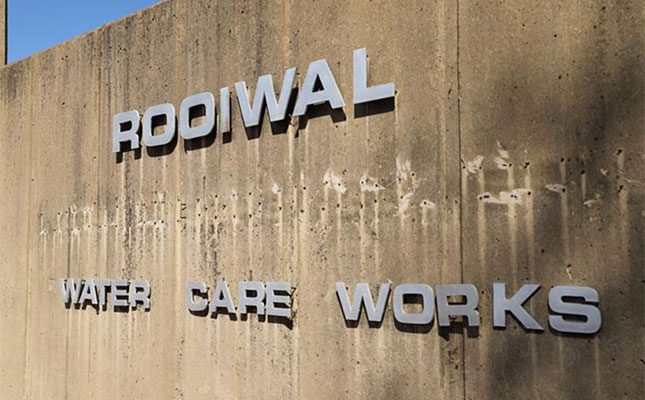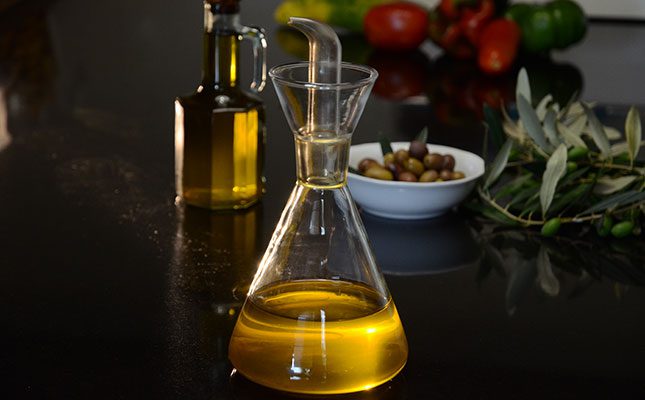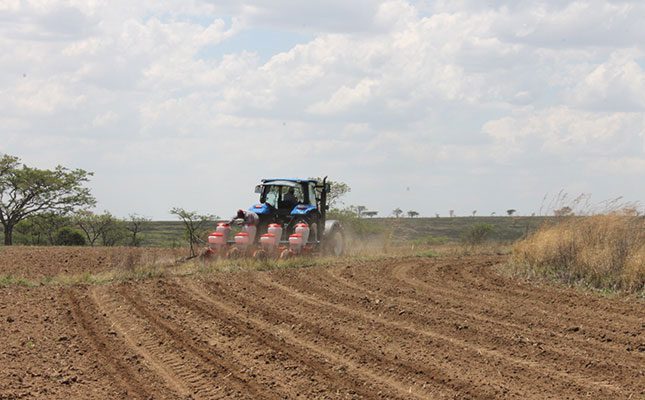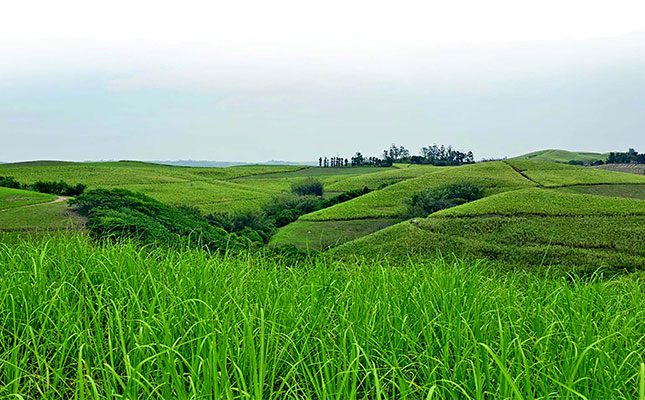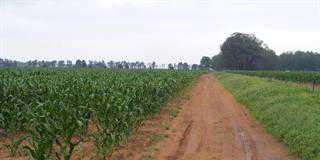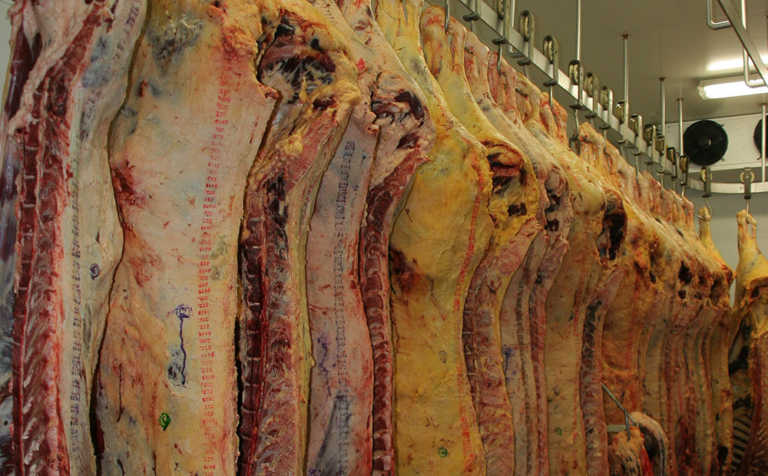
Speaking to Farmer’s Weekly about the latest data released by Statistics South Africa (Stats SA), Wandile Sihlobo, agricultural economist and head of agribusiness research at the Agricultural Business Chamber (Agbiz), said that food inflation would have decelerated had meat prices been lower.
“Meat makes up almost a third of the food basket, and influences the inflation figures considerably. Prices of other goods in the basket, however, decelerated,” Sihlobo said.
Consumers could expect decreased food prices in the third quarter of 2017, as the effects of bumper crops began to influence the market.
Price adjustments from delivery to consumer usually lagged about four months, and while smaller retailers would perhaps not adjust their prices too much, larger retailers and processors were aware that consumers would be watching to see how they react when primary producers sold goods at lower prices.
The diesel price also influenced consumer prices as grains and beef were transported large distances to market, Sihlobo said.
Farmer’s Weekly had previously reported that butter prices had increased 26%, as local milk producers benefited more from supplying large quantities of milk, rather than producing butterfat content for which they were not adequately compensated.
These increases did not greatly influence food inflation, as goods such as butter did not constitute a large part of the food basket.
Data from Stats SA showed that beef producers had slaughtered 202 886 head of cattle in May 2017, which was an increase of 5% compared with the previous month.
The outbreak of avian influenza remained a key upward risk in food inflation in the short- to medium-term. Chicken accounts for 14% in food inflation, an Agbiz press release said.



